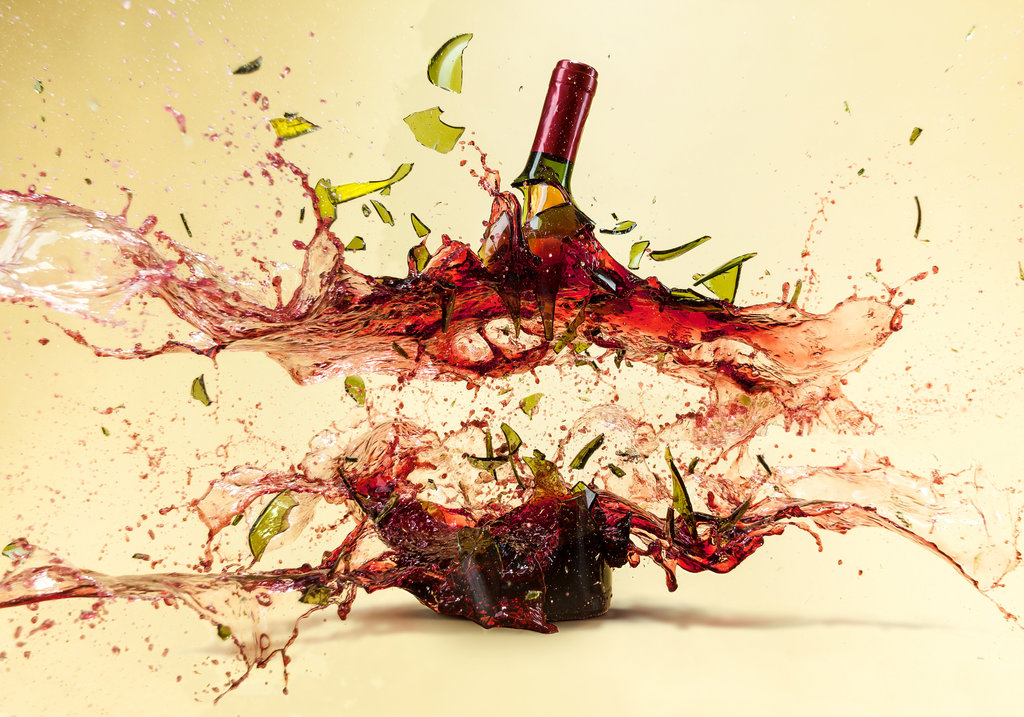
#177
THE GRAPES OF WRATH
19 Jul 2015 By David Fuhrmann-Lim
A band of upstart winemakers is trying to redefine what California wine should taste like — and enraging America’s most famous oenophile in the process.
By Bruce Schoenfeld
In the steep hills of Central California near Lompoc, on a slope that runs along Santa Rosa Road, two vineyards lie side by side. To all appearances, the Sea Smoke and Wenzlau properties occupy one continuous parcel of land. The vines are indistinguishable; they grow in the same soil and get the same sunlight. Nevertheless, grapes planted only a few feet apart end up in bottles of pinot noir that have little in common.
Sea Smoke’s top releases sell for more than $100, and its intensely flavored wines receive all manner of critical acclaim. But the winemaker who leases the Wenzlau vines next door — Rajat Parr, a former sommelier who is a co-owner of two wine labels, Sandhi and Domaine de la Côte — can’t understand why anyone would drink them. He believes that the grapes are picked far too late, when they’re far too ripe, and that the resulting wine is devoid of both subtlety and freshness. Parr does things differently from his neighbors at Sea Smoke, starting with when he harvests. “Our wines are fermenting in barrels, we’ve gone home,” he says, “and they haven’t picked a berry yet.”
Sugar content, which determines alcohol levels, rises as fruit ripens. Parr’s wines are full of aromas and flavors that admirers compare to things you would never think to connect to wine, like the leaf-strewn ground in a forest. To Parr, and a growing number of like-minded colleagues, such nuance becomes impossible to achieve when the wines are too alcoholic; it’s as if the lilting flutes and oboes of a symphony have been drowned out by a slash of electric guitar. He prefers an alcohol concentration below 14 percent and often far lower, depending on the grape variety, as opposed to the 15 percent and higher that is common in California. So Parr harvests his fruit iconoclastically early. “If you pick a grape off the vine and it tastes yummy,” he is fond of saying, “you’ve already missed it.”
Early one recent morning, Parr took me to La Côte vineyard, several miles inland from the Pacific Ocean. The sun was shining when I left Santa Barbara, where the temperature was headed for the 70s. I knew Parr preferred sites that were far cooler than the surrounding area, but it hadn’t occurred to me to bring a jacket. By the time we reached the vineyard, rain was falling hard. The temperature was 49 degrees, and the whipping wind made it feel colder. Grapes grew all around me, but it was the least hospitable vineyard I’ve ever visited, more like a gathering spot for Celtic druids than a setting suitable for the cultivation of fruit.
Read the rest at the New York Times

You might be interested in...
GREAT PALATE 2024
Great Palate 2024 Debuts With an Island-wide Series of Wine Experiences Spotlighting Old World Fine and Fortified Wines and Spirits – All Happening From 17–20 October.
DRINK HERE: BAR CICHETI
The Recent Refresh Works a Treat: Our Favourite Italian Pasta And Wine Bar Has a Revamped Menu, Refigured Space And Reworked Branding That's Just Favoloso.
BARBERA D'ASTI
Everything You've Always Wanted to Know About Barbera Wines, But Was Afraid to Asti.
GREAT PALATE 2024
DRINK HERE: BAR CICHETI
BARBERA D'ASTI